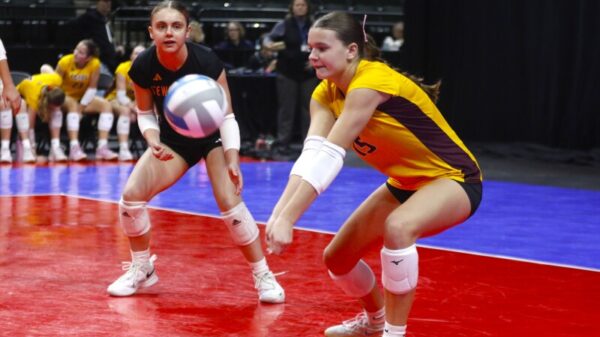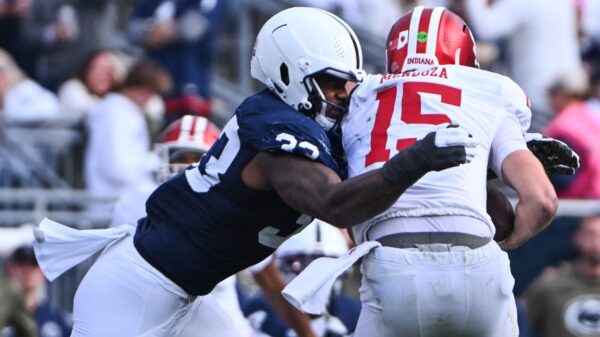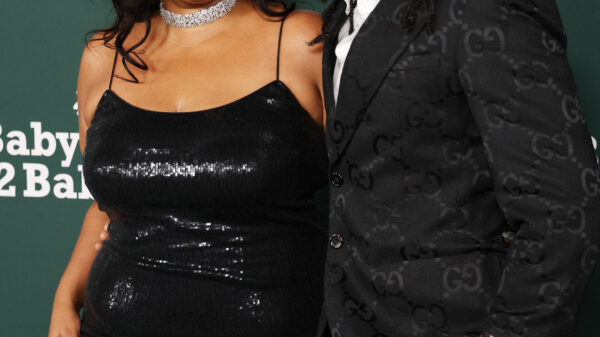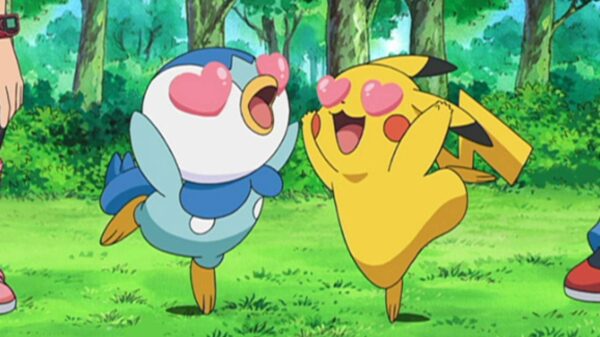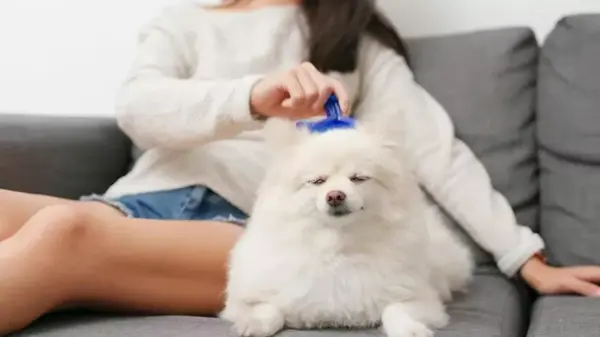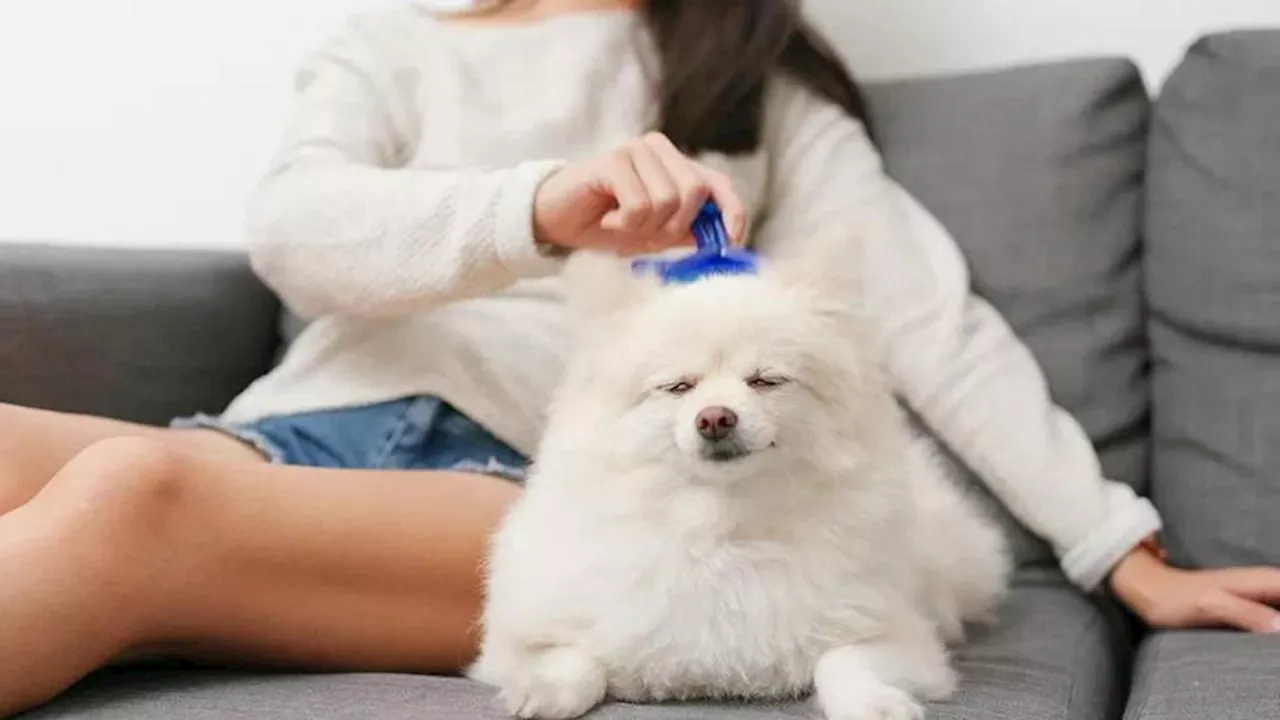Choosing the right dog brush can significantly enhance the health and appearance of your pet’s coat. This guide outlines various types of brushes tailored for different coat types, ensuring that dog owners can make informed decisions based on their pet’s specific needs. From short-haired breeds like the Labrador retriever to those with long, thick fur such as German shepherds, maintaining a dog’s coat is essential for its overall well-being.
Understanding the importance of regular grooming is crucial. Regular brushing not only prevents tangling and matting but also helps distribute natural oils throughout the coat. This practice promotes a healthy, shiny appearance while also reducing shedding, which can save on grooming costs. For dogs with shorter coats, brushing can be performed less frequently, whereas long-haired breeds may require daily attention to prevent knots and tangles.
Types of Dog Brushes and Their Uses
There is a wide variety of brushes available, each designed for specific coat types. For instance, bristle brushes are effective for dogs with short, straight hair. The tight bristles can efficiently remove loose hair, making grooming simpler. In contrast, dogs with long hair that is prone to tangling benefit from wire pin or slicker brushes, which can effectively detangle knots without damaging the skin.
Deshedding brushes are particularly useful for heavy-shedding breeds, capable of removing up to 90% of loose hair before it covers your floors. Additionally, rubber brushes offer a unique benefit by massaging the dog’s skin, which many pets find enjoyable. Selecting the appropriate brush based on coat type is essential for effective grooming.
For dogs with long, thick coats, a detangling brush is necessary to prevent matting. Factors such as dry climates and static electricity can exacerbate matting issues. For short-haired breeds, a simpler brush designed to remove loose hair is usually sufficient.
Choosing the Right Brush Size and Maintenance
The size of the brush is another important consideration. An appropriately sized brush makes grooming easier for both the owner and the dog. Using a brush that is too small for larger breeds can lead to ineffective grooming, while a brush that is too large for smaller dogs can cause discomfort.
Maintaining the brush is equally important to ensure hygiene. Regularly removing trapped hair from the bristles prevents bacteria buildup and keeps the brush in optimal condition. Some brushes are equipped with features that allow for easy hair removal, enhancing convenience for pet owners.
Prices for dog brushes vary widely, starting at around $5 for basic options and reaching upwards of $30 for high-end deshedding tools. Investing in a quality brush can lead to a better grooming experience for both the pet and the owner.
Establishing a positive association with grooming is key, especially for puppies. Starting grooming sessions early can help dogs acclimate to the process. For older dogs that may be resistant, keeping sessions short and rewarding with treats can make the experience more enjoyable. Having a second person assist during brushing can also help calm the dog, making the process smoother.
For optimal shedding reduction, it is recommended to brush dogs daily. However, if daily grooming is not feasible, brushing once or twice a week can suffice for maintaining coat health.
In summary, understanding your dog’s grooming needs and selecting the appropriate brush can lead to a healthier, happier pet. With the right tools and techniques, grooming can be a rewarding experience for both pets and their owners.




















